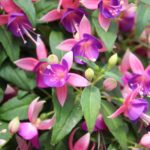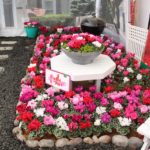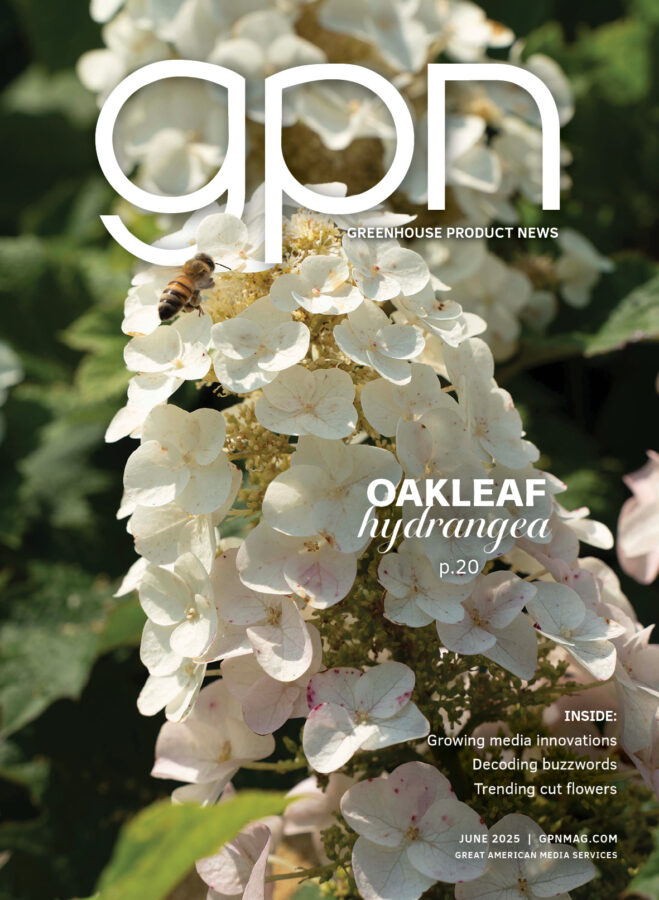SePRO Adds New Technical Development Manager
Juang Horng (JC) Chong, a member of the Clemson University faculty, will join SePRO as its new technical development manager. With more than 15 years of industry experience, Chong will be leading SePRO’s ornamental R&D program, with a focus on solving customers’ most frustrating problems.
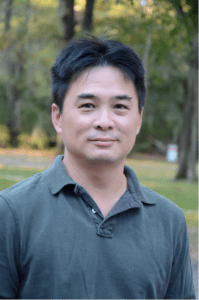
“SePRO is dedicated to developing high-impact solutions for our industry,” said Kyle Briscoe, SePRO’s senior technical development manager. “To do this, we begin with strategic recruitment of highly capable professionals that bring with them not only experience but unprecedented vision. There is no one better positioned to inspire SePRO’s R&D efforts than JC Chong.”
Known throughout the turf and ornamental industry for his insect and mite pest management research, Chong completed his graduate training at the University of Georgia and post-doctoral training at the University of Florida. Most recently, Chong served as a professor and extension specialist of turf and ornamental crop entomology at Clemson University. Chong’s broad body of work includes studies surrounding diversity, biology, ecology, pesticide efficacy, and biological control of scale insects, mealybugs, whiteflies, thrips, and mites, to name a few.
“This is a tremendously exciting addition for our SePRO team,” stated John Wendorf, director of turf and ornamental. “There is no doubt that JC’s work has significantly impacted our industry, and I look forward to his contributions here at SePRO.”
In addition to his academic roles, Chong has been published in several industry publications, including his biweekly newsletter, PestTalks, and will continue to be an important voice in ornamental education and solutions.
“Joining the team of SePRO specialists offers me an opportunity to not only expand my horizons but enhance product innovation within our industry,” said Chong. “But this role has impact beyond research and innovation, as it will allow me to support growers as they strive to grow extraordinary plants.”








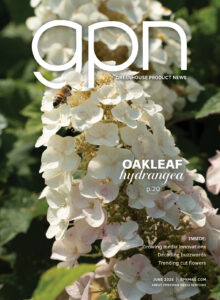
 Video Library
Video Library 


